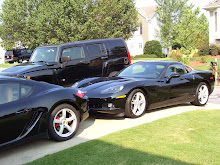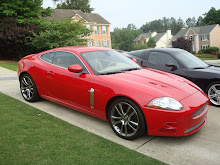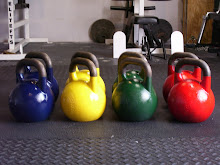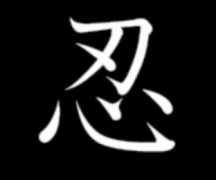Training Articles and Internet GurusSometimes I get the feeling some trainers just like to write to hear themselves talk. I know everyone is entitled to their opinions about training and many things work, but one of the biggest things that bothers me is when a trainer tries to act like the personal trainer, strength coach, physical therapist, ART therapist, massage therapist, exercise physiologist, head coach, dietician, podiatrist, orthopedic surgeon, general medical practitioner, and all around know it all. I don't care how many freakin' letters are after their last name or how many articles they've had published on the internet muscle zine'. There are some great trainers out there sharing info for sure, but it seems that there are a lot of people more interested in making a name for themselves rather than training people. It kills me when you see some internet famous trainer who pumps out articles on a weekly basis on why you need to train your athletes this way, then the only testimonials they have are from their network of trainers they work with. I respect trainers like Joe DeFranco, Jason Ferruggia, Alwyn Cosgrove, etc. who actually show who they've helped on their various websites, they include testimonials from real clients, real athletes and not just their buddies. If I see a trainer I respect and know does good work endorse another, that speaks volumes to me, however I want to see who they've worked with too. Anytime I see someone say they can't reveal their clients due to contract negotiations I put absolutely zero stock in their methods. I don't think you necessarily have to coach great athletes to be a great coach. Heck, anyone can take a gifted athlete and put them on a program and they'll still be great athletes. I respect the guys that can take no-names and underdogs and do great things. I think Joe DeFranco's "Miles Austin project" is incredibly motivating. This kid went from no-name university to making the Dallas Cowboys line-up through smart training and hard work. DeFranco is one of the few people in this industry who really does a great job, in my opinion. I don't care how much someone knows, experience speaks volumes to me. I trust the word of someone who's been in the industry for 30 years more than someone who's been publishing articles for 3 years. Take Mike Boyle, a great strength coach, probably one of the best. Some of his stuff I like, some I don't. This cat's been doing this job and doing it well for a long time. People should listen to Mike, you don't necessarily have to agree with everything he says, but you can learn a helluva lot cause' he has more experience in the field than most. Competitive experience is important, but isn't the be all end all. I've met some really strong dudes, who can't articulate how to do a bench press. A good trainer or coach knows what it's like to get under the bar and push themselves (they don't have to be a world champion though), knows how to set up programming for their clients and athletes based on the trainees INDIVIDUAL needs, can get around their egos and realize they can learn something from everyone, listens more than they talk, isn't afraid to refer a trainee to someone who might be able to help the trainee better, and doesn't try to be the final word on every sub-category in the health and fitness field.
Just a little rant before the weekend, I need a beer!












